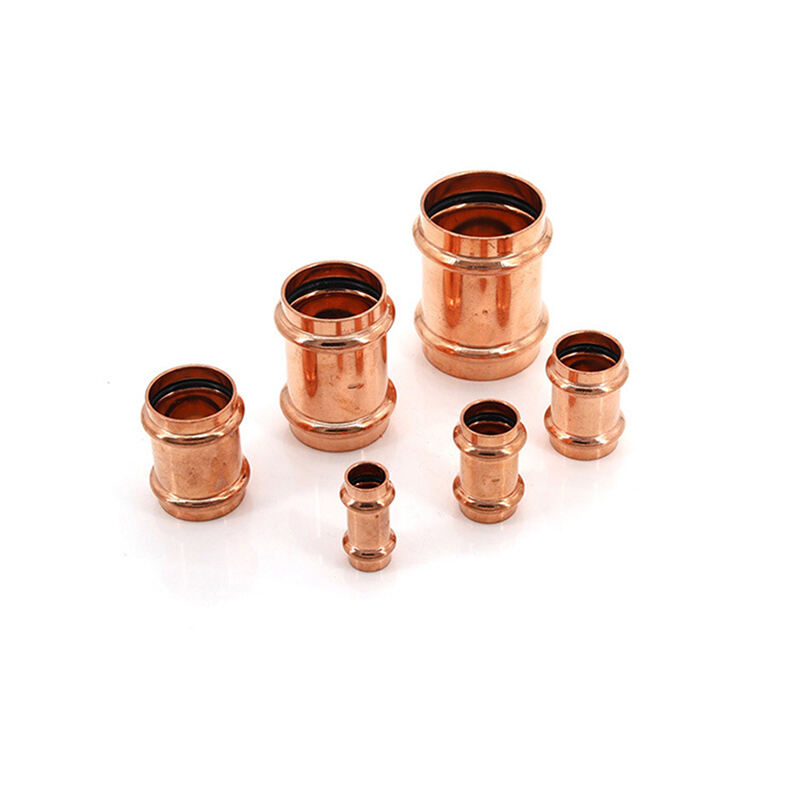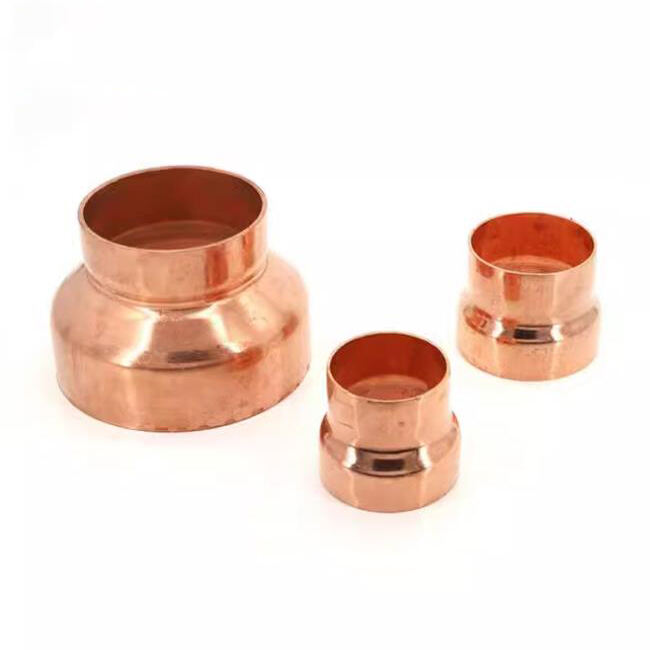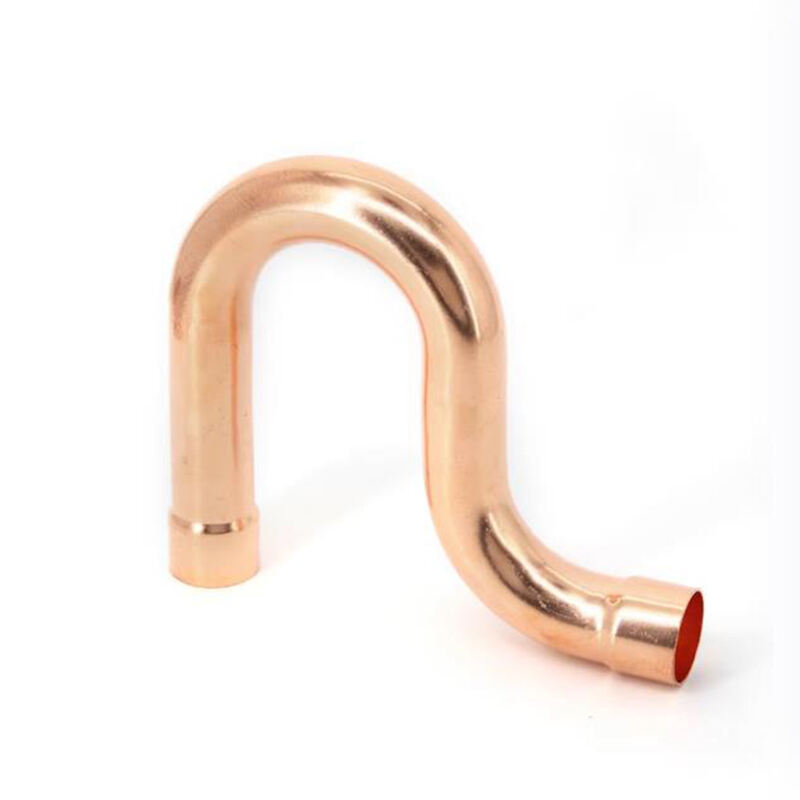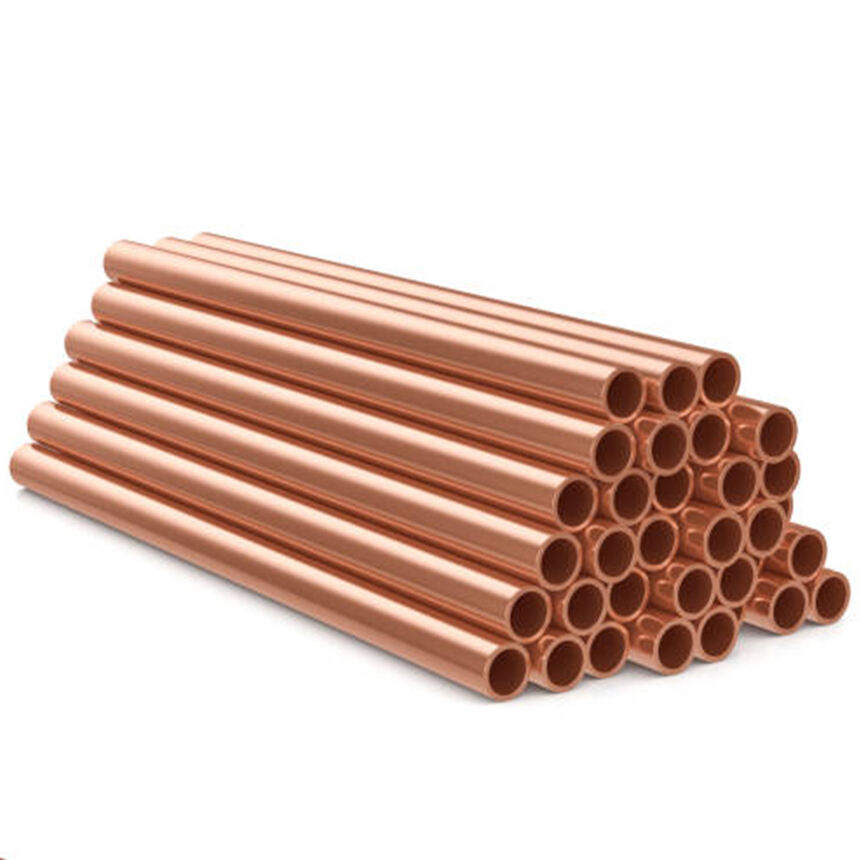Inherent Durability of Brass Fittings
Superior Corrosion Resistance in Harsh Environments
Brass fittings stand out because they resist corrosion really well, making them great options across different weather conditions and locations, especially tough spots like near the ocean or saltwater environments. The mix of zinc and copper in brass gives it this ability to hold up against things that would normally eat away at other materials in those places. Research into how long these fittings last shows interesting results too many last about ten times longer than regular steel ones when faced with corrosive stuff. That kind of toughness means fewer replacements over time, which actually helps cut down on waste and makes brass a pretty eco-friendly option overall. Most manufacturers rely on standards set by groups such as ASTM International to back up what we know about brass's resistance to rust and decay, which explains why so many industries still trust brass for parts that need to last.
High-Temperature Tolerance for Versatile Applications
Brass fittings can stand up to high temperatures pretty well, which makes them good for situations where things get really hot, like in heating systems. They work just fine with hot water and steam without breaking down or losing strength. According to what we see in the field, brass keeps doing its job even when temps reach about 200 degrees Celsius (that's 392 Fahrenheit), so no wonder plumbers and HVAC technicians often go for brass components when they need something that won't fail under heat stress. And speaking of heat resistance, brass has quite a high melting point too, somewhere around 900 degrees Celsius (1652 Fahrenheit). This means brass fittings stay strong and functional even in industrial environments where temperatures fluctuate wildly throughout the day.
Ease of Installation and Long-Term Cost Efficiency
Simplified Plumbing System Assembly
Brass fittings make plumbing assemblies much simpler because they come with threaded ends and compression fittings built right in. The straightforward design means plumbers spend far less time putting things together compared to other materials. According to several field reports and industry data, switching to brass fittings typically saves around 30% of installation time across different projects. Plus, brass is light enough to carry around all day yet strong enough to hold up under pressure, so workers actually prefer working with these components when onsite. When jobs go faster, projects finish sooner, and companies save money on labor costs without sacrificing quality, which makes brass an increasingly popular option in modern construction settings.
Reduced Maintenance Costs Over Time
Brass fittings stand out because they resist corrosion and last much longer than most alternatives, making them really cost effective in the long run. While materials like steel or copper need regular checking and occasional repairs, brass just keeps working without much attention. Some industry reports indicate companies switching to brass fittings often see around half the maintenance bills for their plumbing systems compared to before. For commercial properties especially, these savings matter a lot when budgeting for annual operations. Plus, since brass fittings don't wear out as fast, there's no need to replace them every few years. This cuts down on material waste and saves manufacturing resources over time. Choosing brass isn't just about saving money at first glance it's actually investing in something that will serve well for decades while being better for the environment too.
Versatility Across Plumbing and HVAC Systems
Compatibility with Copper Pipe Connectors
Brass fittings work really well with copper pipe connectors, serving as important links when switching between materials in both plumbing systems and HVAC setups. The way these components fit together creates solid seals at copper joints, cutting down on leak risks that might otherwise cause serious water damage over time. Most plumbing manuals actually highlight how good brass is at forming lasting connections, so it's no wonder they're considered must-have items for keeping pipes and systems intact. Brass also has another advantage worth mentioning: since it connects so readily with copper, installers can create all sorts of configurations during setup work. That flexibility explains why experienced plumbers often reach for brass fittings first when tackling complicated installations.
Optimal Performance in Water and Gas Lines
Brass fittings work really well in water and gas lines, making them versatile for all sorts of homes and businesses. The way they're built lets fluids move through smoothly, something that matters a lot when keeping those essential systems running efficiently. Industry tests show brass fittings hold up under gas line pressures over 200 PSI without breaking down, so people know they're safe to use. Brass stands out because it handles high pressure without giving in, which is why plumbers and contractors pick it for both water and gas jobs where steady pressure counts. After years of experience, many professionals still go back to brass fittings time and again since they perform reliably even when conditions aren't perfect.
Modern Innovations in Brass Alloy Technology
Lead-Free Brass Solutions for Safe Drinking Water
Lead free brass fittings represent an important step forward in tackling the serious issue of lead contamination in drinking water supplies. Manufacturers design these components to meet strict requirements like NSF/ANSI 61 standards, making them suitable for use in municipal water systems across North America. Health studies consistently show that switching to lead free alternatives cuts down on dangerous lead leaching, often reducing levels well below what's considered harmful. As cities replace aging infrastructure, many plumbers now specify lead free brass connections for residential and commercial applications alike. This shift not only protects consumers but also aligns with growing demands for safer materials throughout the construction industry.
Enhanced Machinability for Precision Engineering
New brass alloy formulations offer better machining properties that really benefit precision work in manufacturing shops. With these materials, factories can create complex parts and detailed specifications that satisfy even the toughest industry requirements. Research shows these improved alloys cut down on material waste during production processes by around 20 percent, something that fits well with green manufacturing goals while making operations run smoother. When brass components are machined accurately, companies save money on raw materials and end up with parts that hit those critical quality benchmarks needed for proper function and safety across various sectors including plumbing installations and heating ventilation air conditioning systems where reliability matters most.
Why Brass Outperforms Copper and Stainless Steel
Comparative Analysis of Material Lifespan
Brass fittings generally last much longer than their copper and stainless steel counterparts. Research shows brass components often stand the test of time for around 50 years or more, beating out other materials in the long run. The real benefit here is obvious when looking at maintenance expenses. Systems with brass fittings need fewer replacements and repairs over time, which means substantial savings on overall costs for facility owners. Why does brass hold up so well? Mainly because it resists rust and corrosion naturally, plus it handles everything from moisture to temperature changes without breaking down. This makes brass especially useful in plumbing systems where reliability matters most.
Thermal Conductivity Advantages Over Alternatives
Brass fittings tend to be favored over stainless steel because they conduct heat much better, which matters a lot in heat exchange applications. Brass has around 120 W/m K thermal conductivity, so it transfers heat really well in both heating and cooling systems. That's why many engineers pick brass when they need to keep temperatures stable across different parts of a system. The good heat transfer doesn't just improve how things work though it actually saves money on energy costs too. For anyone dealing with systems where temperature control is essential, brass remains one of the most economical choices available despite its initial cost.









